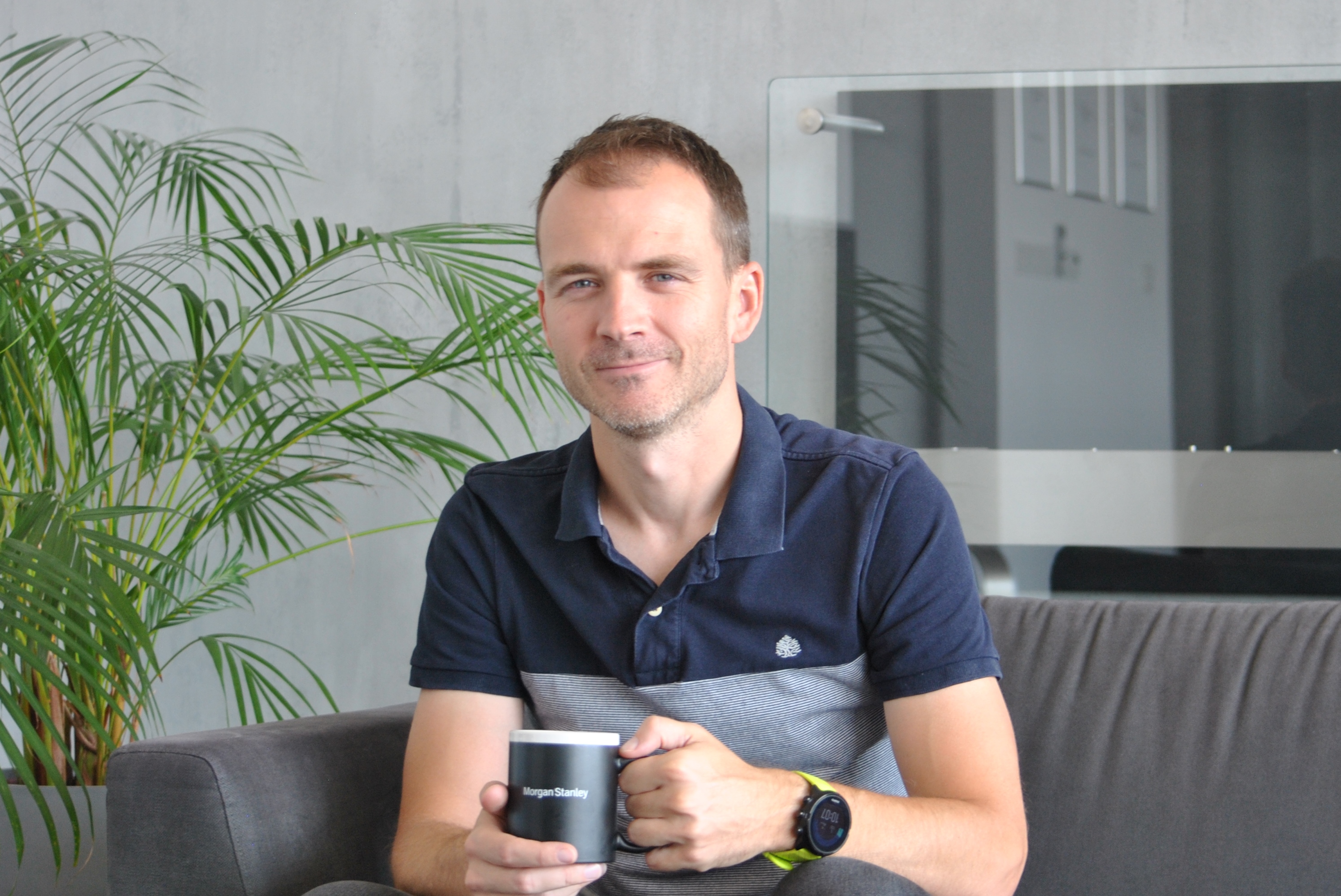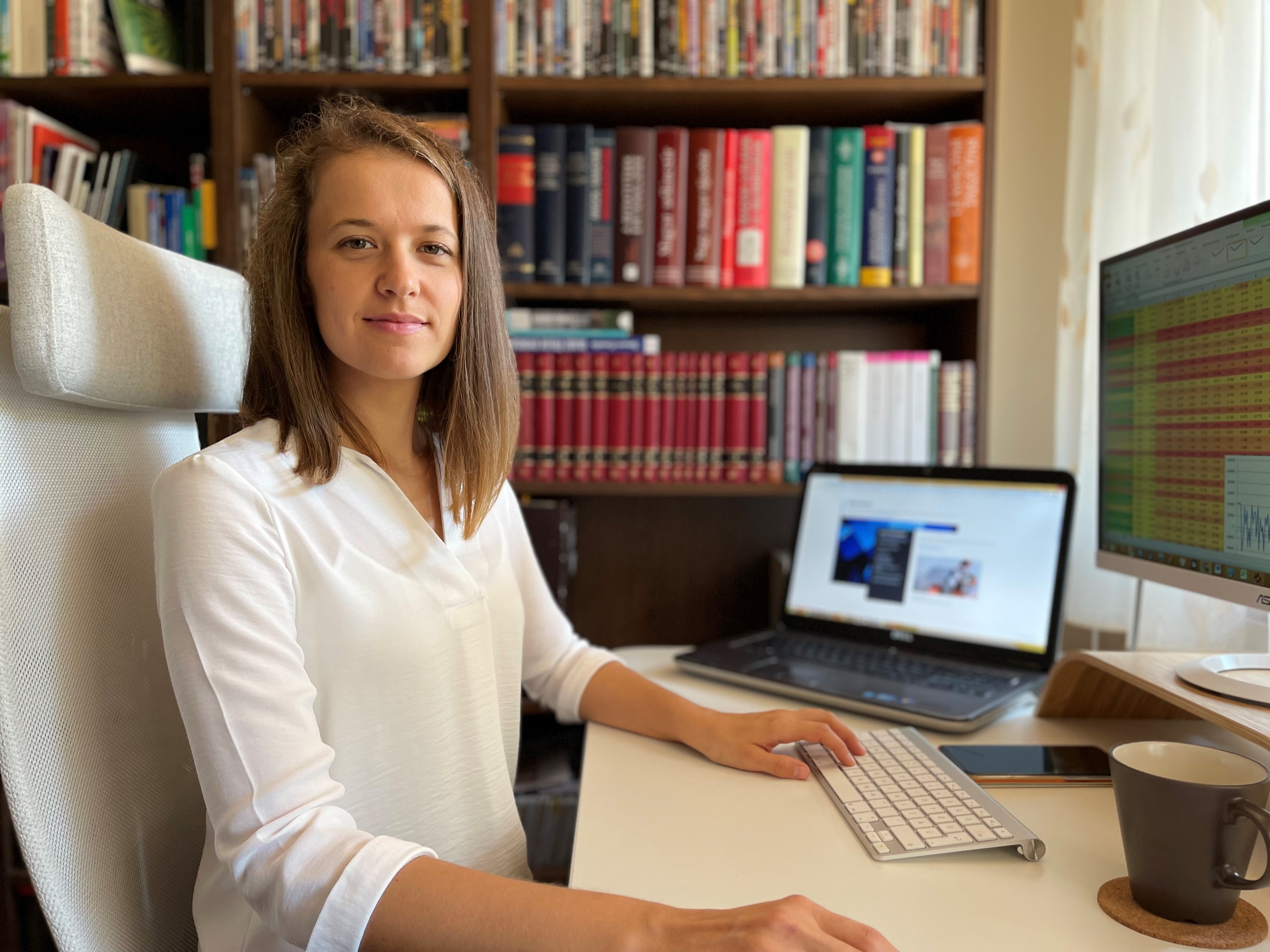(P) Mathematical modeling teams in Budapest have an impact on global markets. Morgan Stanley develops trading algorithms in Hungary



This year marks the 15th anniversary of Morgan Stanley in Budapest. The office opened in 2006 as a mathematical modeling center with only a handful of members. It has since grown into a major technology and analytics center within the firm’s global network, employing 2,000 people. From technology to risk management, many new teams have been added to the Budapest office, but the pioneering modeling team has also continued to grow steadily, offering new opportunities to professionals who are interested in pursuing new challenges in a quantitative role.
Today, more than 100 quantitative analysts are employed here in front-office teams supporting the firm’s sales and trading activities. Most hold degrees in mathematics, physics, computer science, or finance, but fields such as biology, chemistry, and even meteorology are also represented in these diverse teams.
Among other responsibilities, they are tasked with developing mathematical models to identify trends and patterns in markets, pricing financial products, and supporting the bank’s trading activities through algorithms. The efficiency of these quantitative models and algorithms plays an important role for the firm to operate a successful market-making business in the given asset class, be it government bonds, stocks, or foreign exchange.
From theoretical mathematics to government bonds
György Ottucsák (in picture below) is a member of the modeling team focused on government bonds, one of the most important asset classes. A graduate in computer science from Budapest University of Technology and Economics, he went on to author his Ph.D. thesis in machine learning. At the time, he was less interested in the practical application of artificial intelligence than in the theory behind it. Coding was not a major part of his life either; today, it is an essential part of his daily work. After finishing his Ph.D. studies, he started putting his skills to more practical use at various startup companies but found the most inspiring challenge of his life when he eventually joined Morgan Stanley in 2014.

“I used to apply my skills in areas such as forecasting sales of retail products. It was an interesting field, but forecasts have little direct impact on sales: our models didn’t cause people to buy more or less of a product. In financial markets, however, it’s quite different.” explains Ottucsák. “If a team develops an algorithm capable of executing a profitable trade at a sizeable volume, it will cause that opportunity to disappear from the market, since other actors will begin to imitate it. The entire market is constantly learning. If you don’t develop your algorithm fast enough, you’re certain to fall behind, so every day brings a fresh challenge. In other applications of machine learning, such as image classification, you sooner or later end up with an accuracy level where no further gains can be made. In financial markets, you’re required to progress all the time.”
Competing algorithms
Before joining Morgan Stanley, Ottucsák thought of government bonds as a stable but somewhat “uninteresting” investment. He later learned that this is far from the case. For example, Morgan Stanley is a market maker in the government bond market, trading high volumes with many counterparties while trying to minimize risk. As soon as the firm takes a position, it immediately hedges its risk by taking an opposite, risk neutralizing position. This often requires assembling a portfolio from several related assets, which is no trivial task and involves a lot of advanced mathematics. Today, this is mostly carried out automatically: algorithms are applied to pricing instruments and counterparty risk, executing trades, and finding hedging opportunities. These algorithms are operated under human supervision, and trades above a pre-determined threshold also require explicit confirmation from a human trader to be filled.
“Competition is fierce in financial markets, and technology is a key differentiator. To be able to trade efficiently and make a profit, firms develop and maintain high-quality algorithms. This requires talented quantitative professionals from diverse backgrounds. If they decide to join our Budapest office, these talented people can gain valuable domain-specific knowledge from experienced financial market experts. Building on this knowledge, they can then use their technological and mathematical skills to solve real-world problems. There are many smart people working in our team – the ratio of Ph.D. graduates is between 20 and 30 percent. We learn a lot from each other every day,” says Ottucsák.
From fruit flies to derivatives
Ágnes Jónás (in picture below) deployed her quantitative skills in a completely different domain before joining Morgan Stanley’s modeling team in 2016, having completed her Ph.D. studies in population genetics. During her research, she used time series models to understand how individuals in a population adapt to environmental change. Among other species, she studied variants of the influenza virus – which proved to be a particularly interesting field considering the subsequent pandemic. However, she spent most of her time studying fruit flies. These are fast-breeding and easy to keep in labs, and as a result ideal for studying large samples and seeing how the genome of a species evolves over hundreds of generations. At first glance, fruit flies have little in common with financial markets. However, the methods of study in these distinct fields show many similarities.

“There are many parallels between population genetics and my current field of pricing derivative products and counterparty risk,” explains Jónás. “We use similar models to simulate markets in finance and population dynamics in biology. In the latter, we are studying how changes in the environment affect the genome of a population. In the former, we want to determine how changing certain parameters can affect market variables, such as the price of crude oil. And we use similar programming languages in both fields.”
Smart and open people from all over the world: belief in the power of communal knowledge
Coding skills are vital to pursue mathematical modeling. In this field, it is not enough to be an exceptional theorist; if someone is unable to instantly “script” their ideas, it slows down the workflow. Ágnes Jónás gained the necessary coding skills during her biology studies. One of the main reasons she decided to put them to use at Morgan Stanley is that the firm offers an inspiring, multicultural environment, not unlike what she experienced during her Ph.D. studies.
“In the doctoral school, I got used to working with different scholars and students from diverse backgrounds and origins, including physicists, mathematicians, and biologists from all over the world. At Morgan Stanley Budapest, I can be part of a similar community, which is important to me. I also like to keep in touch with former colleagues who have been redeployed to other global offices including New York, London, and Tokyo. It’s exciting to know I have the opportunity to pursue an international career within the firm,” says Jónás.
Campus programs, math lessons to female students
The philosophy of giving back is one of Morgan Stanley’s core values: employees are encouraged to contribute to the communities in which they live and work. For some members of the mathematical modeling team, the best way to give back is through education. György Ottucsák has been teaching information theory and data science at his alma mater since 2008. He also leads the “school team” coordinating Morgan Stanley’s outreach programs at Budapest University of Technology, including – guidance related to the pandemic permitting – internships, guest lectures, meet-ups, and attending job fairs.
For Ágnes Jónás, the increased participation of women in STEM (science, technology, engineering and mathematics) fields is an important issue. She is an active contributor to the Women in Quantitative Finance network of the firm’s employees. She also strives to make the STEM fields more attractive to young women by tutoring the next generation. Among many other Morgan Stanley employees in Budapest, she is a member of the mentoring team that teaches mathematics and coding to female high school students as part of the SMARTIZ program, an extracurricular education initiative launched by the Association of Hungarian Women in Science (NaTE) with support from Morgan Stanley.
Interested in exploring what a Quant career at Morgan Stanley could look like for you? Find out more here.
(p) - This article is an advertorial.